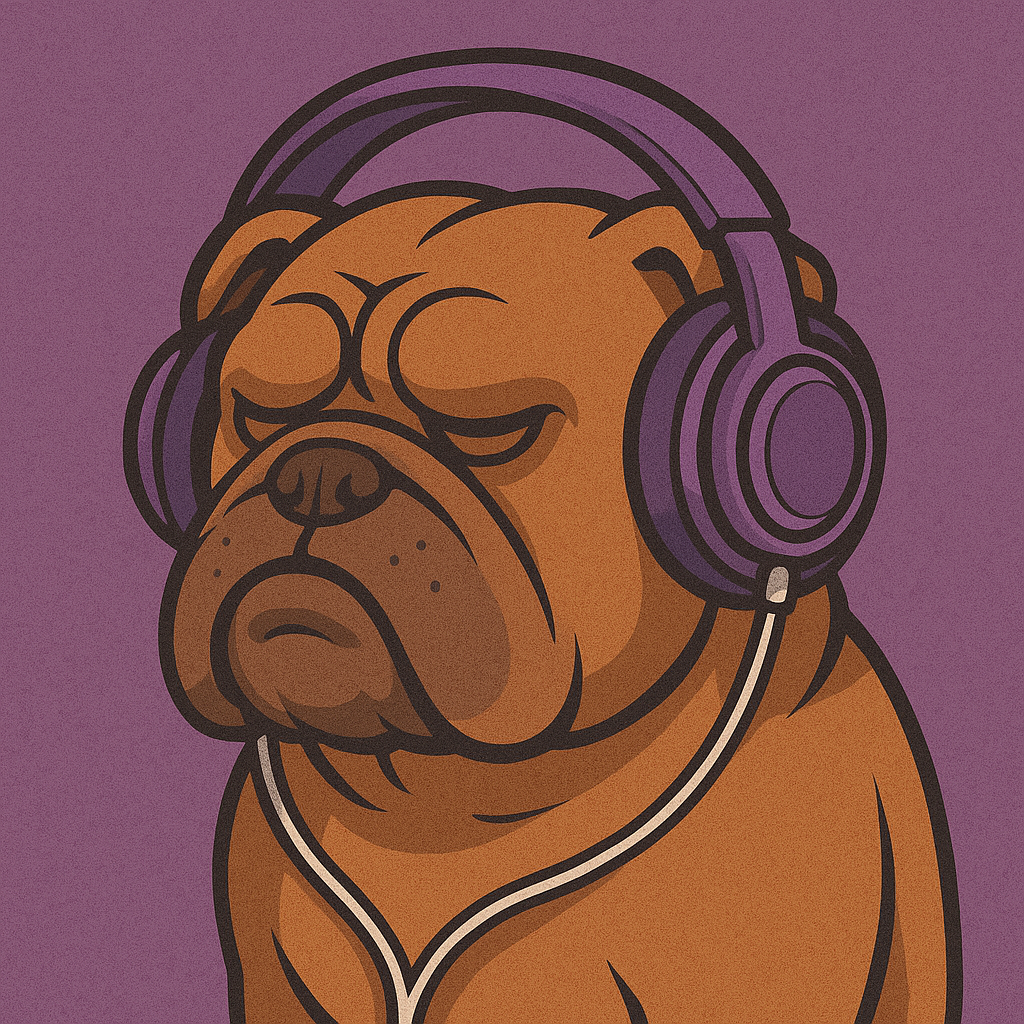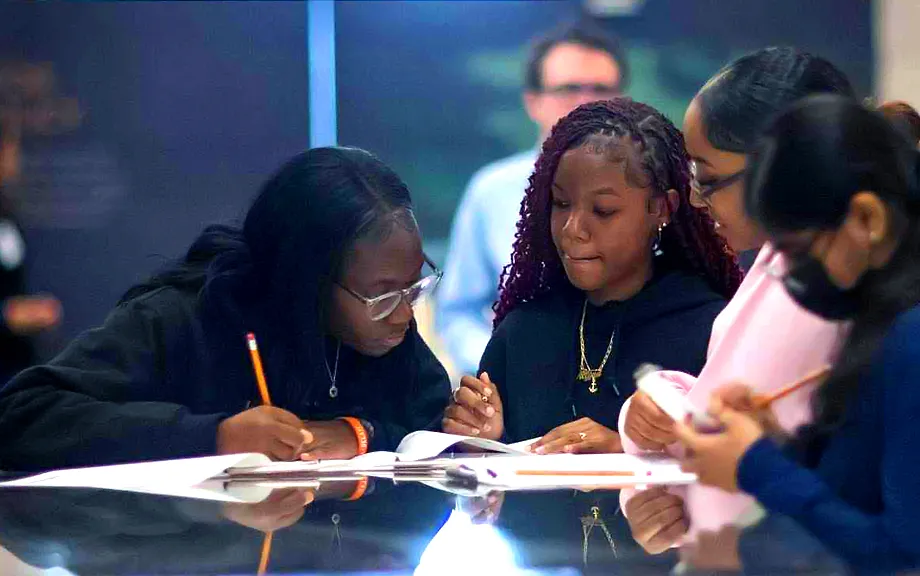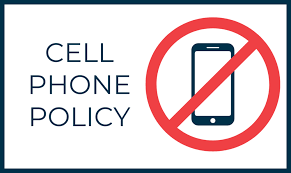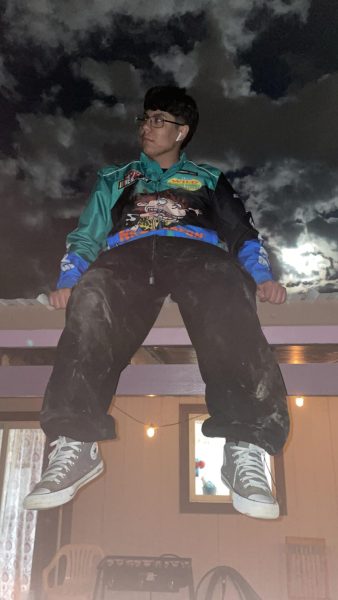One Piece is a Japanese manga written by Eiichirō Oda. It is the best-selling manga, with over 500 million copies sold worldwide as of late 2024. The long-running series follows Monkey D. Luffy and his pirate crew, the Straw Hats, as they embark on adventures to find the legendary treasure known as One Piece. The series has been ongoing since October 20, 1999, and has built a massive fan base consisting primarily of teens and young adults.
The One Piece manga was first released on August 4, 1997, in the anthology magazine Weekly Shōnen Jump. Its first collected volume was published later that year on December 24, 1997. Remarkably, it took only two years for the series to receive an anime adaptation, and audiences quickly fell in love with Luffy, the main character. Luffy strives to become the King of the Pirates, a title he believes will grant him the greatest freedom in the world, while also protecting his friends and allies. Throughout his journey, he battles against authority and oppressive forces, such as the World Government, and helps those in need on the islands he visits.
This theme of rebellion can be seen in the recent youth-led protests in Nepal and Indonesia, known as the “Gen Z protests.” In Nepal, widespread anger over government corruption, nepotism, and a social media ban led to massive protests in September 2025. The protests escalated into riots, becoming the deadliest political violence the country had seen in a generation. Protesters targeted government buildings, courts, police stations, and even parliament, resulting in security forces opening fire, which left 72 people dead and more than 2,100 injured. Prime Minister K.P. Sharma Oli resigned soon after, and in a remarkable turn of events, former Chief Justice Sushila Karki—renowned for her integrity—was elected through a youth-led online vote as Nepal’s first female Prime Minister. She was tasked with leading an interim government until snap elections were held in March 2026.
In Indonesia, the Straw Hat Jolly Roger symbol was displayed prominently on homes, motorbikes, cars, and trucks as a sign of protest against the government. “Even though we have different languages and cultures, we speak the same language of oppression,” said Eugero Vincent Liberato, a 23-year-old recent graduate who helped organize protests in Manila, Philippines. “We see the flag as a symbol of liberation against oppression… that we should always fight for the future we deserve.” This illustrates how the Jolly Roger has become a symbol for those who believe they deserve a better future.
Young activists are praised for their creativity in organizing and their fresh ideas. Ruben Gabas, a 20-year-old full-time activist in Manila, noted, “Youth are very creative in terms of organizing.” It’s remarkable to consider how one man’s creation can have such a profound impact on others. The Jolly Roger’s symbolism of peace and freedom demonstrates how Eiichirō Oda’s story resonates with the youth, prompting reflections on Oda’s feelings about the narrative he has crafted.
Additionally, young protesters have drawn on pop culture and sharp humor to express their discontent. The Philippine news website Rappler highlighted the “sardonic humor” displayed at rallies, where signs read, “We’re not fish, but why do we live in water?” referencing a funding scandal related to flood relief.








